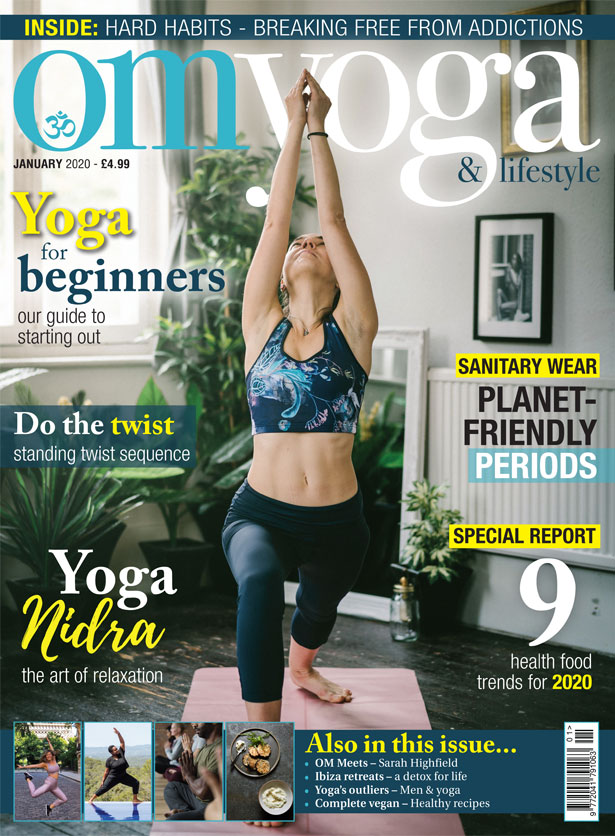
Is yoga the answer to workplace stress?
The last decade has witnessed an exponential growth in the number of diagnosed stress and anxiety disorders within the Western world. An ever-growing concern, stress has been linked with declining mental health, unhealthy patterns of behaviour (excess drinking, smoking, job dissatisfaction) and long-term physical concerns such as coronary heart disease (S. Michie, 2002).
The corporate world, seemingly synonymous with the pressures of an infinite inbox, mounting deadlines and external demands, is highly demanding of its employees. With the advent of smartphones, the average working day has extended far beyond the office walls and standard working hours.
Society exists in a perpetual state of ‘activity’, the consequences of which include the inability to concentrate, migraines and headaches, and subsequent absenteeism (Comer, 2017). It is precisely these symptoms, and the risks they pose for both staff wellbeing and productivity, that have caused employers to readdress the high-pressure conditions of the workplace.
Among several efforts to promote employee wellbeing, the incorporation of yoga into the workplace has been identified as particularly effective in reducing stress symptoms among employees (Hartfiel et al, 2012). Applauded for its potential to calm the nervous system, regular yoga practice seems a progressive step for managing workplace anxiety. Of course, this needs to be carried out correctly.
While it is arguable that anyone is capable of guiding a group through a sequence of physical movements, it requires adequate training, commitment and diligence to effectively tap into the energy in a room and respond to this accordingly. This skill becomes particularly important for yoga teachers operating in corporate spaces, where professional demands can exhaust and demotivate the individuals in employment.
The experienced yoga teacher can refocus the students’ awareness to the breath and body, a mechanism oftentimes lost to the pressures of the working day. Redirecting one’s focus to purely physical sensations serves to catalyse the practitioners’ attention to the present moment, thereby temporarily releasing the mind from troubling thoughts of upcoming deadlines.
Connecting businesses looking to implement yoga with qualified, experienced yoga teachers is the obvious solution. It is through such schemes that those employees who do take part in such practice will receive the proper guidance and direction to both engage in quality practice and combat the anxiety so often associated with workplace stress.
The intervention of yoga in the workplace has the potential to alleviate stress and in turn, reduce burnout and mood discrepancies among staff. Facilitating partnerships between businesses and accredited yoga teachers is crucial for such action to take place.
Melissa Albarran for Yoga Alliance Professionals (yogaallianceprofessionals.org)




